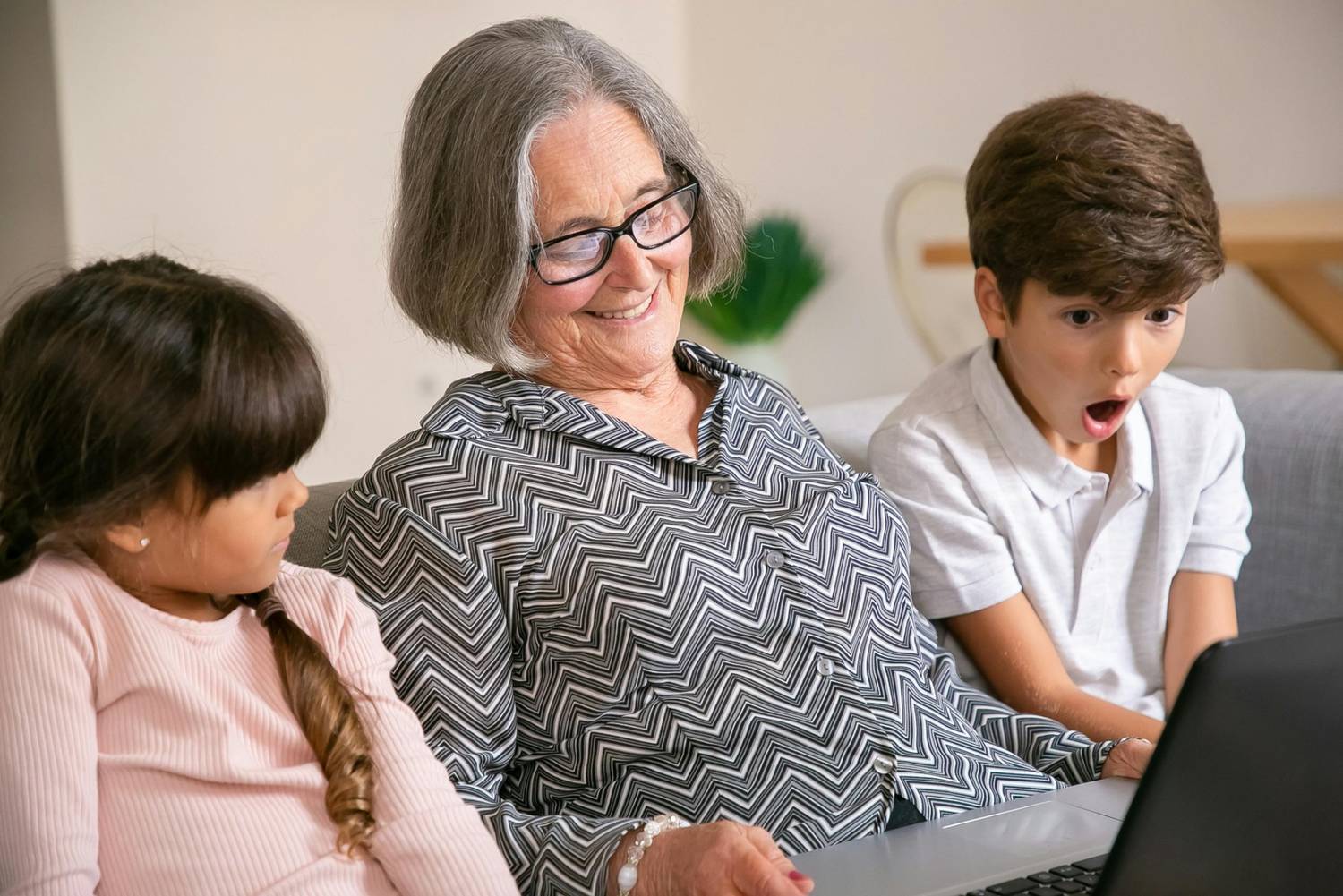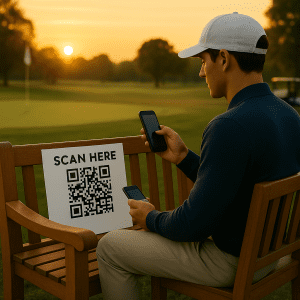In today’s fast-evolving marketing landscape, brands are investing heavily in diversity marketing, ensuring their campaigns are inclusive of various cultural, racial, and gender identities. However, one aspect of diversity that remains underrepresented is age diversity. While Millennials and Gen Z receive significant attention from advertisers, older demographics—namely Generation X, Baby Boomers, and the Silent Generation—often find themselves sidelined.
Ignoring these groups is a missed opportunity, as they command substantial purchasing power and brand loyalty. In this article, we’ll explore how age diversity in diversity marketing can drive engagement and revenue, offering brands a more holistic approach to audience segmentation.
Why Age Diversity Matters in Diversity Marketing
1. Older Generations Hold Significant Buying Power
The Baby Boomer generation (born 1946–1964) alone controls nearly 70% of disposable income in the U.S. Yet, marketing strategies continue to disproportionately focus on younger consumers. This oversight leaves a massive gap in potential sales and brand affinity.
Generation X (born 1965–1980) is another key consumer segment. They bridge the gap between digital natives and traditional media consumers, making them a versatile audience for both online and offline campaigns.
2. Brand Loyalty Increases with Age
Unlike younger generations who often switch brands based on trends, older consumers value consistency and trust. Research shows that Baby Boomers and Gen Xers exhibit higher brand loyalty, making them ideal long-term customers if engaged effectively.
3. Multi-Generational Households Influence Purchasing Decisions
Many Baby Boomers are financially supporting their children and grandchildren. This intergenerational connection means that their purchasing decisions often extend beyond personal needs, influencing household choices in categories like technology, travel, and food.
How to Incorporate Age Diversity in Diversity Marketing
Reevaluate Messaging and Representation 
Most advertisements feature young, tech-savvy individuals, often alienating older consumers. To foster inclusion:
1. Feature people from diverse age groups in your campaigns.
2. Craft messages that emphasize experience, reliability, and trust, values that resonate with older audiences.
3. Avoid stereotypes—older consumers are not tech-averse or inactive; many embrace digital innovation and lead active lifestyles.
Leverage the Right Marketing Channels
Understanding where different generations consume content is crucial for diversity marketing success:
1. Baby Boomers & Gen X: Prefer traditional media like TV, radio, and newspapers but are also active on Facebook and email marketing.
2. Millennials & Gen Z: Engage more with social media platforms like Instagram, TikTok, and YouTube.
3. Multi-platform strategies ensure that brands connect with audiences across different age groups effectively.
Personalization and Segmentation
Older consumers appreciate personalized marketing, as it aligns with their loyalty-driven purchasing behaviors. Email marketing, direct mail, and loyalty programs tailored to their preferences can enhance engagement.
Segmentation strategies can help brands create customized content for different generations while maintaining a cohesive brand message.
Case Studies: Brands That Excel in Age-Inclusive Marketing
1. Nike’s ‘You Can’t Stop Us’ Campaign
Nike effectively integrated age diversity in its global campaign by featuring athletes across all age groups, from young prodigies to veteran sports icons. This approach resonated with consumers of all generations, reinforcing Nike’s brand identity as inclusive and inspirational.
2. L’Oréal’s Age-Positive Beauty Campaigns
L’Oréal Paris has actively championed age diversity with campaigns featuring Helen Mirren and Jane Fonda, proving that beauty and self-care are timeless. Their messaging dismantles ageist stereotypes in the beauty industry while appealing to a broader consumer base.
Challenges and Solutions in Age-Inclusive Marketing
Challenge 1: Avoiding Tokenism
Many brands include older consumers in advertisements as a token gesture rather than as an integral part of their target audience.
Solution: Authentic storytelling is key. Feature real experiences and diverse narratives instead of one-dimensional representations.
Challenge 2: Adapting Digital Strategies for Older Audiences
Older consumers may not engage with brands the same way younger generations do.
Solution: Use simplified UI/UX design, provide omnichannel experiences, and optimize content for accessibility.
Challenge 3: Breaking Stereotypes
Advertising often portrays older generations as passive or outdated.
Solution: Highlight the active, diverse lifestyles of older demographics, showcasing them as vibrant consumers with evolving interests.
The Future of Age Diversity in Diversity Marketing
As brands continue to refine their diversity marketing strategies, the role of age inclusion will become even more critical. The next wave of marketing innovation should focus on:
1. Intergenerational advertising that speaks to multi-generational households.
2. AI-driven personalization to offer tailored recommendations across age groups.
3. Accessible design to cater to older consumers without alienating younger audiences.
Marketing professionals who embrace age diversity in their campaigns will unlock new revenue streams, enhance brand loyalty, and foster truly inclusive advertising landscapes.








